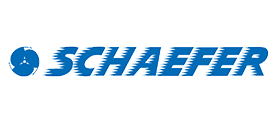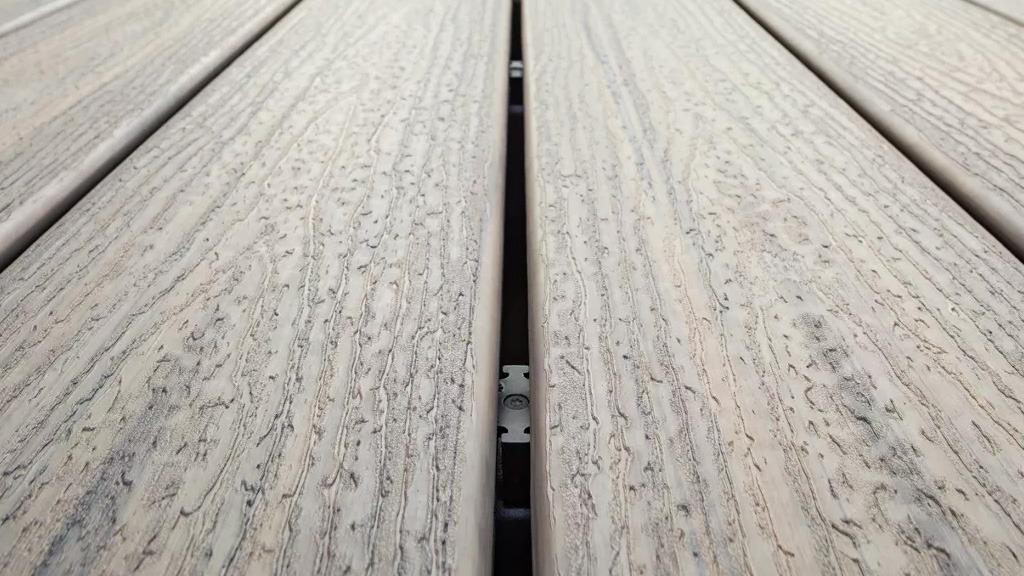
Planning a deck is an exciting process... From determining the ideal layout to selecting the perfect deck boards and finding the right railing, there's so much to consider. But amidst all this planning, there's one key element that may get overlooked: deck fasteners.
These unsung heroes play a crucial role in securely attaching your decking to the substructure and ensuring a solid, visually-appealing deck. Today, we're taking a closer look at deck screws, plug systems, and hidden fasteners. After exploring these options, you'll be ready to choose the best fasteners for your new retreat.
Deck Screws
Face-fastened deck screws have long been a trusted choice for securing composite and natural wood decking, offering both reliability and familiarity. Deck screws come in various colors, allowing you to coordinate them with your deck boards and minimize their visual impact.
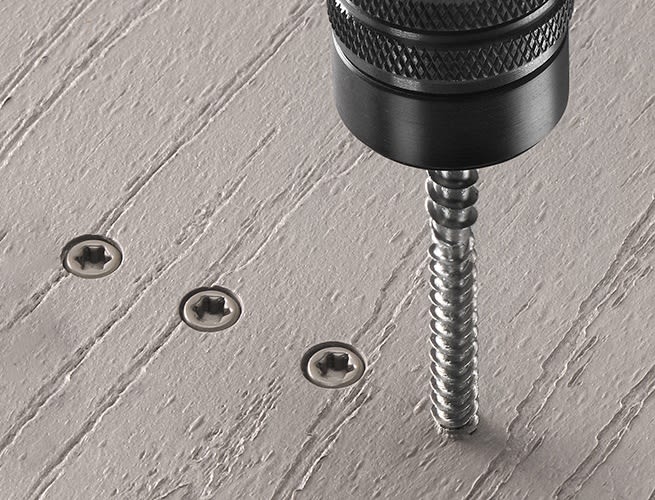
Starborn Cap-Tor Xd Stainless Screws with Smart-Bit Depth Setter
TIP: Instantly color match your deck screws to your decking boards with our DeckMatch™ color matching tool.
While face-driven deck screws will still be detectable on your deck surface, they do provide a range of benefits that make them a popular choice among homeowners and DIYers:
- Cost-effective
- Simple installation process
- Easy repair and replacement of damaged boards
- Durability and strength
Edge Screws
Deck screws don’t have to be face-fastened! Edge-fastening offers an alternative that leaves the board surface free from fasteners. When securing square deck boards like pressure-treated wood, cedar, redwood, PVC, and squared composites, you can fasten through their edges instead with screws such as CAMO Edge Deck Screws.

CAMO Edge Screws installed with the CAMO Marksman Pro
Be sure to check out The Best Way to Fasten Any Square Deck Board for an introduction to edge fastening, as well as hand-drive and stand-up tools to make the installation process quick and easy. Advantages of edge screws include:
- No visible fasteners
- Prevention of surface splits and cracks that can occur with face fastening
- Reduction in lateral movement due to expansion and contraction
Deck screws provide a dependable and budget-friendly solution for securing your deck boards, but if you want more options for a deck surface with no visible fasteners, keep reading!
Plug Systems
Deck plug systems take standard face-fastening a step further to achieve a fastener-free appearance. Face screws are installed with a countersink, allowing you to insert small plugs that fill the holes flush with the deck surface. These plugs are made from actual boards to blend seamlessly with the rest of your deck.
TIP: Use our DeckMatch™ tool to quickly find matching deck plugs based on your board manufacturer and color.

FastenMaster Cortex for Azek Decking
With a color-matched deck plug system, you can enjoy:
- A clean surface finish with no visible fasteners
- No fastener crevices accumulating dirt and debris
- Exact and compatible plug matches for many decking brands and board colors
Hidden Fasteners / Clip Systems
A hidden fastener or clip system is designed to work with grooved composite, PVC, or natural wood decking. Clips are inserted into the grooved edges between the decking boards and screws are driven straight down through the clips or at a 45-degree angle to securely attach the boards to the joists, hiding the fasteners for an uninterrupted deck surface.
Hidden fastener systems may require the use of special starter clips for the perimeter boards and those placed against a house or other structure.
The benefits of hidden fasteners include:
- A clear decking surface with fasteners tucked out of sight
- Minimization of water penetration due to no perforation of the deck surface
- Consistent board spacing across the deck
- Uniform gaps provide proper air and water flow
- Clips allow for board expansion
- Pre-assembled clips for quick and easy installation
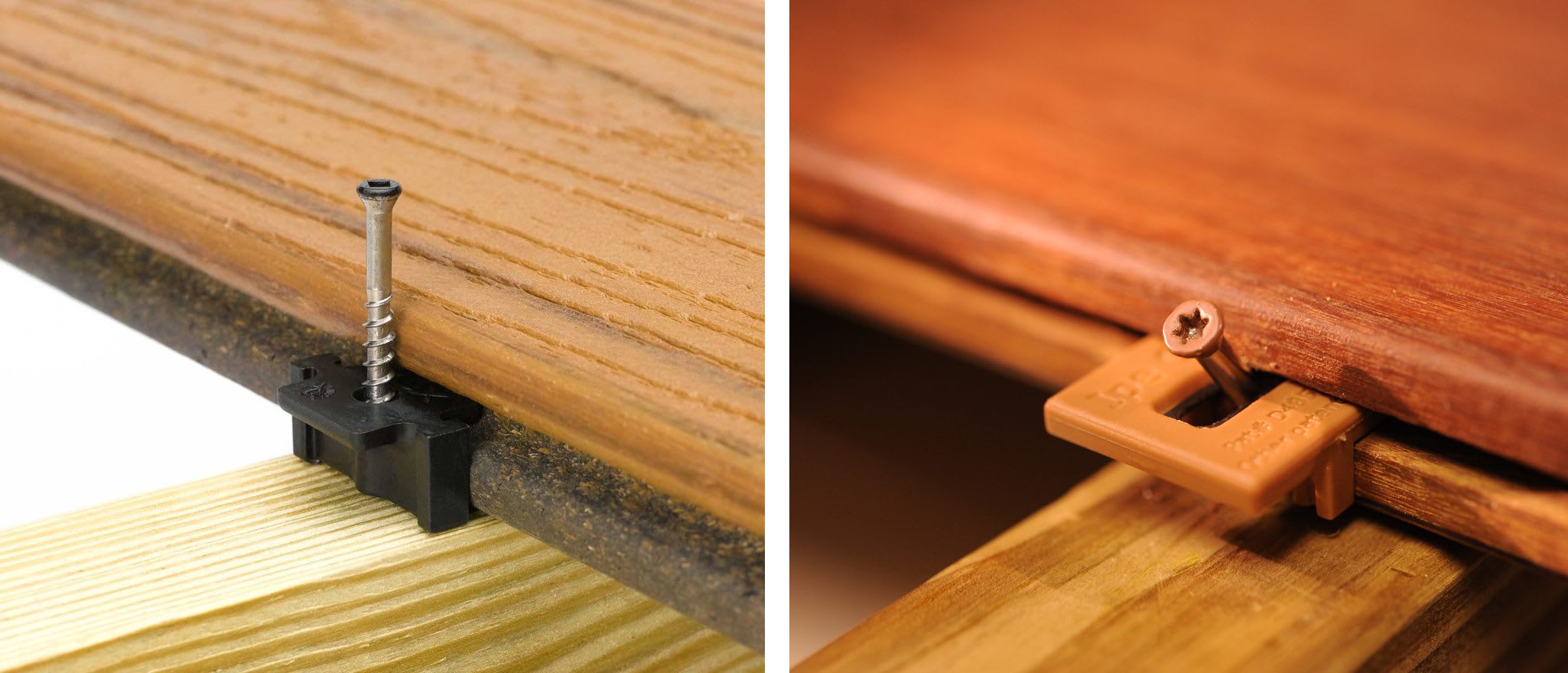
Trex Hideaway Universal Hidden Fastener and DeckWise Ipe Clip
Stairs and Edge Boards
When it comes to stairs and edges, deck screws are recommended over hidden fasteners for additional strength, stability, and a secure attachment that ensures safety and durability in these critical areas of your deck.
Stairs
Stairs require extra support and structural integrity, as they experience higher foot traffic and potential stress. Deck screws offer a strong hold and prevent the risk of boards coming loose or becoming unstable over time.
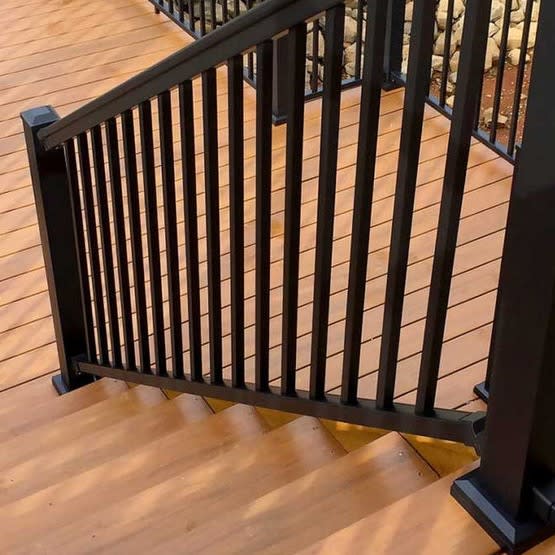
Stair treads with face screws, shown with Color Guard Lincoln Adjustable Stair Rail Kit
Edge Boards
Edge boards or picture framing are the outermost boards that border your deck. These boards require a secure attachment to maintain the overall stability and deck appearance. Deck screws provide the necessary strength and prevent the risk of edge boards warping or loosening.
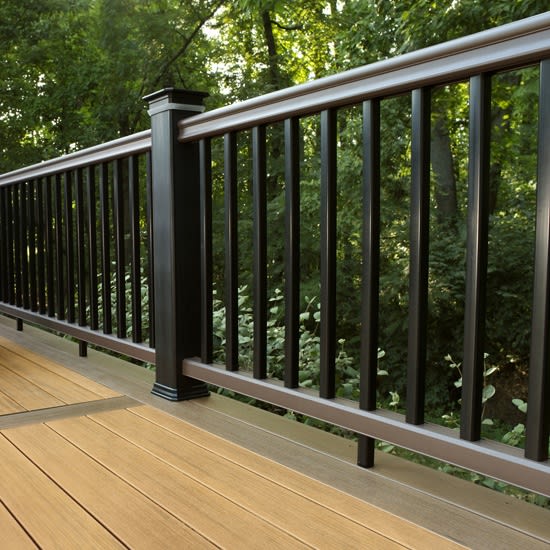
Picture frame edge, shown with TimberTech RadianceRail
Manufacturer-Specific Considerations
Some manufacturers do approve their hidden fasteners for use in additional deck areas, so always check their documentation for any additional options they support.
For example, if you’re using TimberTech Pro or Edge decking boards, TimberTech CONCEALoc Hidden Fasteners can be used for both picture-framing applications and starter boards when combined with their TOPLoc Face Fastener Screws to achieve a lasting hold.
Likewise, Trex Hideaway Universal Starter Clips, used with their Hideaway Hidden Fasteners, are designed to secure perimeter deck boards for a completely fastener-free surface and are compatible with all Trex decking. It's also worth noting that Trex Hideaway Hidden Fasteners may be used between boards that together form the stair tread, with the edge board secured into the stringer board with face screws or through the bottom with the addition of blocks.
Making the Best Choice for Your Deck
When it comes to securing your deck boards, choosing the right fastening option is essential. As you consider deck screws, plug systems, and hidden fasteners, it's important to evaluate various factors that can impact the aesthetics, durability, maintenance, and overall performance of your deck.
To help finalize your decision, the table below provides a comparison of the popular deck fastening options we've covered:
| Deck Screws | Deck Plugs | Hidden Fasteners (Clips) | |
|---|---|---|---|
| Application* | Suitable for wood, composite, and PVC decking | Compatible with wood, composite, and PVC decking | Designed for grooved wood, composite, and PVC decking |
| Installation Method | Face-fastened or edge-fastened | Face-fastened screws, tap-in plugs | Hidden clips, screwed down |
| Visibility | Visible, may blend | Fastener-free appearance with matched plugs | Completely hidden |
| Aesthetics | Various colors available to coordinate with deck boards | Exact and compatible matches for many decking brands and colors | Provides a clean, uninterrupted deck surface |
| Cost | Most cost-effective choice | Additional cost for plugs and installation | Additional cost for clip system and installation |
| Accessibility | Easily accessible for repairs and replacements | Plug removal required to access underlying screws | Accessibility may be limited once boards are installed |
| Installation Time | Relatively quick | Additional time required for countersinking and plugging | May require more time for precise clip placement and alignment |
| Application* | Suitable for wood, composite, and PVC decking | Compatible with wood, composite, and PVC decking | Designed for grooved wood, composite, and PVC decking |
*Always follow specific product instructions and manufacturer recommendations.
Now that you know all about deck fasteners, be sure to check out our handy DeckMatch™ tool for a personalized selection of perfectly-paired face screws, plug systems, and hidden fasteners—all matched to your decking boards.
Enjoy the process and your amazing new deck—Happy building!
Check your local building codes before starting your deck project and follow all rules, regulations, and requirements.

















